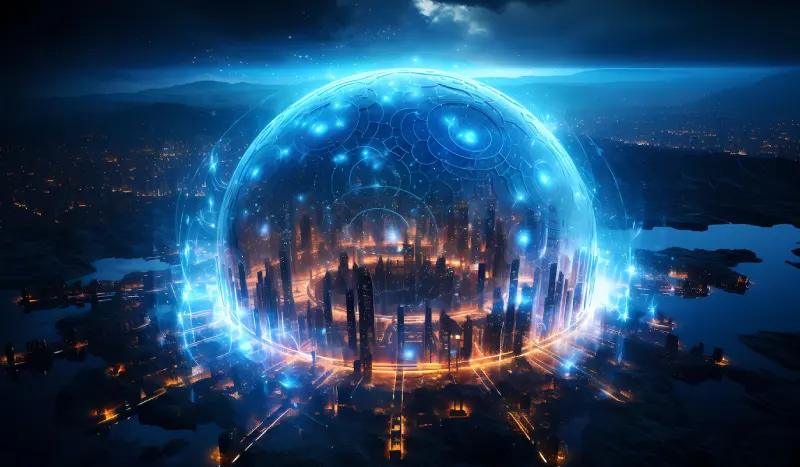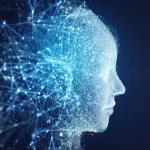
The Internet has undergone several significant transformations since its inception, evolving from a static repository of information to a dynamic platform for communication, commerce, and collaboration. As we look ahead, the emergence of Web 3.0 promises to revolutionize the digital landscape once again. So, how will Web 3.0 change the future of the Internet?
1. Decentralization and Blockchain Technology
One of the defining features of Web 3.0 is decentralization, enabled by blockchain technology. Unlike the centralized architecture of Web 2.0, where data is stored on servers controlled by a few powerful entities, Web 3.0 aims to distribute data across a decentralized network of nodes. This shift towards decentralization offers greater transparency, security, and censorship resistance, empowering users to have more control over their data and online interactions.
2. Enhanced Privacy and Security
With growing concerns about data privacy and security breaches, Web 3.0 places a greater emphasis on protecting users' personal information. By leveraging cryptographic techniques and decentralized authentication mechanisms, Web 3.0 platforms can ensure end-to-end encryption and enhanced privacy features. Additionally, blockchain-based identity solutions offer users greater control over their digital identities and reduce the risk of identity theft and fraud.
3. Interoperability and Seamless Connectivity
Web 3.0 aims to break down the silos between different platforms and applications, fostering interoperability and seamless connectivity across the Internet. Through open protocols and standards, users can access and interact with a wide range of services and content regardless of the underlying technology or platform. This interoperable ecosystem encourages innovation and collaboration, driving the development of new decentralized applications (dApps) and services.
4. Empowering User Ownership and Control
In Web 3.0, users are not just consumers of content and services but active participants in the network. Through decentralized governance models and tokenized incentives, users can contribute to the operation and governance of digital platforms and ecosystems. Moreover, the use of non-fungible tokens (NFTs) enables users to own and trade digital assets, including art, music, and virtual real estate, with unprecedented security and authenticity.
5. Integration of Artificial Intelligence and Machine Learning
Web 3.0 harnesses the power of artificial intelligence (AI) and machine learning (ML) to deliver more personalized and intelligent experiences. By analyzing vast amounts of data generated by users and devices, AI algorithms can provide personalized recommendations, automate tasks, and enhance decision-making processes. This integration of AI and ML enables smarter, more efficient applications and services across the Internet.
6. Democratization of Access and Opportunity
Perhaps most importantly, Web 3.0 democratizes access to information, resources, and opportunities on the Internet. By removing barriers to entry and empowering individuals and communities, Web 3.0 promotes inclusivity, diversity, and equal participation in the digital economy. Whether it's decentralized finance (DeFi), peer-to-peer lending, or crowdfunding, Web 3.0 opens up new avenues for innovation, entrepreneurship, and economic empowerment.
In conclusion, Web 3.0 represents a paradigm shift in the evolution of the Internet, offering a more decentralized, secure, and inclusive digital ecosystem. By embracing decentralization, privacy, interoperability, user empowerment, AI integration, and democratization, Web 3.0 has the potential to transform how we interact, transact, and collaborate online, shaping the future of the Internet for generations to come.




